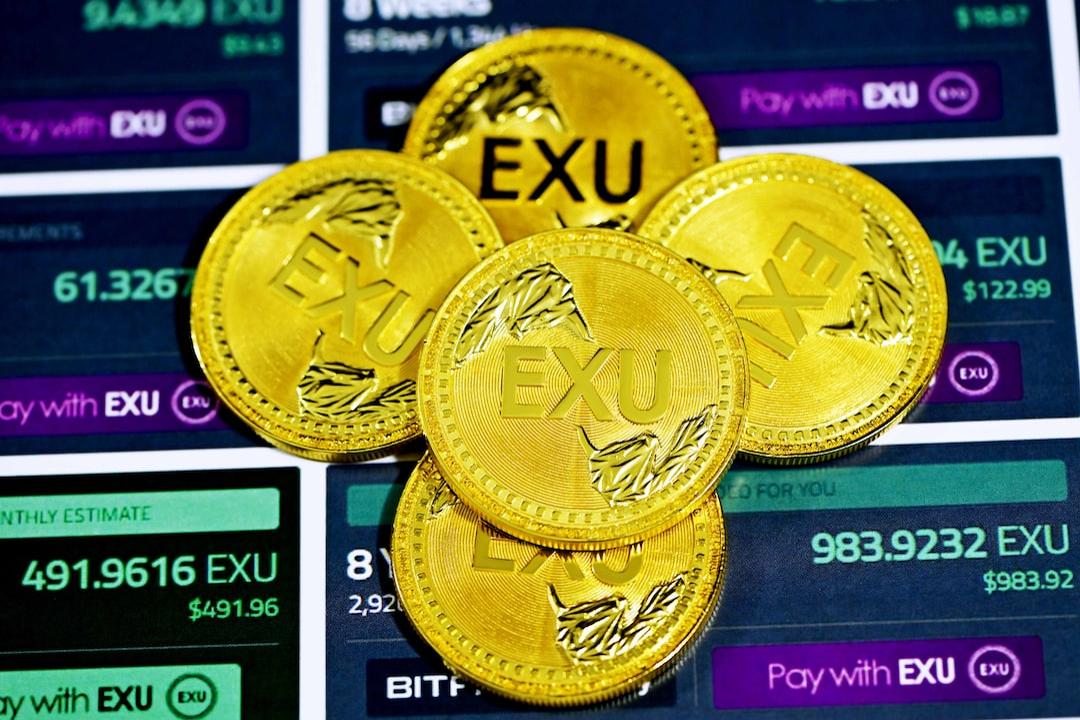According to Bloomberg, stablecoin issuer Tether is taking steps to become a leading Bitcoin mining company. The new CEO, Paolo Ardoino, stated in an interview that the company plans to invest around $500 million in the next 6 months to achieve this goal through building its own mining facilities and investing in other companies.
These investments include a $610 million credit line provided by Tether to the publicly listed Bitcoin mining enterprise Northern Data AG this month, after Tether acquired a stake in the Germany-based company in September.
Ardoino mentioned that Tether is constructing Bitcoin mining facilities in Uruguay, Paraguay, and El Salvador, with each facility having a power capacity ranging from 40 to 70 megawatts. The company aims to increase its share in the total Bitcoin network hashrate to 1%, but Ardoino did not specify a timeline for achieving this goal. In comparison, the large publicly listed mining company Marathon holds around a 4% share.
Jaran Mellerud, CEO of Bitcoin mining data research company MinerMetrics, stated:
Ardoino added that Tether expects its direct mining operations to reach 120 megawatts by the end of 2023 and 450 megawatts by the end of 2025. He mentioned that the company has allocated around $150 million for Tether’s direct mining ventures, some of which are still being deployed in new locations.
Competition in the Bitcoin mining industry
By managing its stablecoin USDT’s $87 billion reserve in U.S. Treasury bonds and other assets, Tether has accumulated around $3.2 billion in excess reserves as of September 30. According to the quarterly audit report released on October 31, the company has invested over $800 million in various industry research areas this year, including Bitcoin. With a company of such substantial funding joining, it may disrupt the competitive landscape of Bitcoin’s limited supply and provide new revenue streams for Tether, diversifying its sources of profit.
Mellerud mentioned:
However, even for Tether, adverse conditions persist. Increasingly fierce competition means shrinking profit margins, and the upcoming Bitcoin halving event is expected to significantly impact miners’ mining income next year. As miners continue to deploy mining equipment, mining difficulty has reached historical highs multiple times this year. The higher the computational power miners have, the more likely they are to receive a portion of the mining rewards, providing an advantage to financially strong companies that can allocate additional resources.
Ardoino stated that Tether is currently evaluating a potential mining facility with a 300-megawatt power capacity. With the rising Bitcoin prices, its mining operations have become profitable. The company is also installing its mining facilities in large shipping containers so that they can quickly relocate to new locations when electricity costs become cheaper elsewhere.

